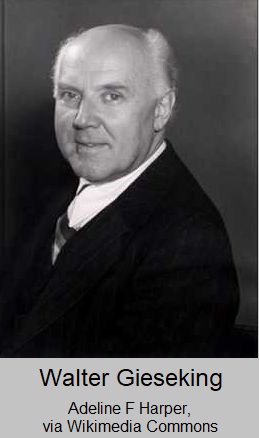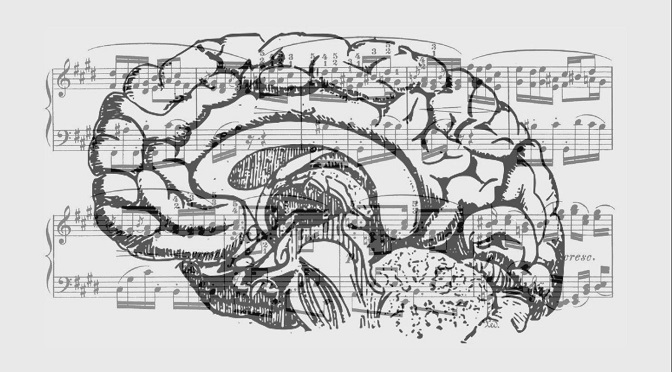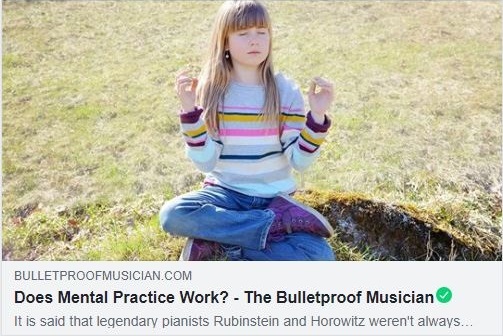Mental Practice
If you are a serious pianist who practices regularly, then hours after your practice session has ended, it is likely that you find yourself mentally playing through passages you have been practicing. In fact, this post-practice mental review is where much of the benefit of physical practice is achieved. After all, practice, as I noted in this post, is physiologically a matter of developing the brain circuits associated with playing music, as layers of myelin wrap themselves around the nerve fibers involved in those circuits — and science has found that to a large extent the same parts of the brain are activated in mental review as in physical practice at the keyboard.

You can add a dimension to your development as a pianist by doing the same thing systematically — through mental practice, aka mental rehearsal, away from the keyboard. Mental practice has been used extensively by many great pianists, notably Arthur Rubinstein, Vladimir Horowitz, Glenn Gould, and Walter Gieseking. Gieseking was known for memorizing new works, even entire concertos, while traveling.
Mental practice is particularly useful if a piano is not available, or if you have been suffering from tendonitis or some other strain brought on by excessive physical practice. Its utility does not end there, however, for supplemental practice in the mind can reinforce what you learn from practice at the keyboard, giving you an extra layer of confidence in preparation for public performance. Mental practice can be done either with or without the score, and in order to prepare yourself optimally for a concert, you should have rehearsed in all four ways: at the keyboard and away from it, and playing with the score and playing from memory.
Systematic mental practice should be a vivid and intense experience, where you are “in the zone” just as you need to be for effective practice at the keyboard. Ideally, it should include kinesthetic, auditory, visual, and interpretative components. (If you are a less experienced pianist, it may take take awhile to master all of these.) You should imagine feeling the keys under your fingers and hearing the sounds produced. You should be aware of the shapes of the phrases and of articulations. You should be able to visualize the notes on the page (especially for passages you are having trouble committing to memory), or alternatively you can visualize your hands on the keyboard. The process cannot be rushed: Mental practice should be no faster than the desired tempo, with slow mental practice included as needed.
I prefer to start mental practice after I have worked on a piece long enough to settle on the desired fingering, since for difficult passages I sometimes need to try out alternative fingerings on a real physical keyboard in order to evaluate them accurately. I find mental practice especially helpful at the memorization stage. I play the piece in my mind, without looking at the score, until I reach a spot where my memory is uncertain. Then I stop to consult that spot in the score and examine how it relates to the larger context. I then back up a few measures and try again. If the passage is especially tricky, I will imagine it slowly, then work it gradually up to tempo just as one might do at the keyboard. When you get to the point where you can play through the hard passages in your head even while you are sitting in a public place with annoying music in the background, you will know that the brain circuits you need to perform the piece have finally become well myelinated. 😉


